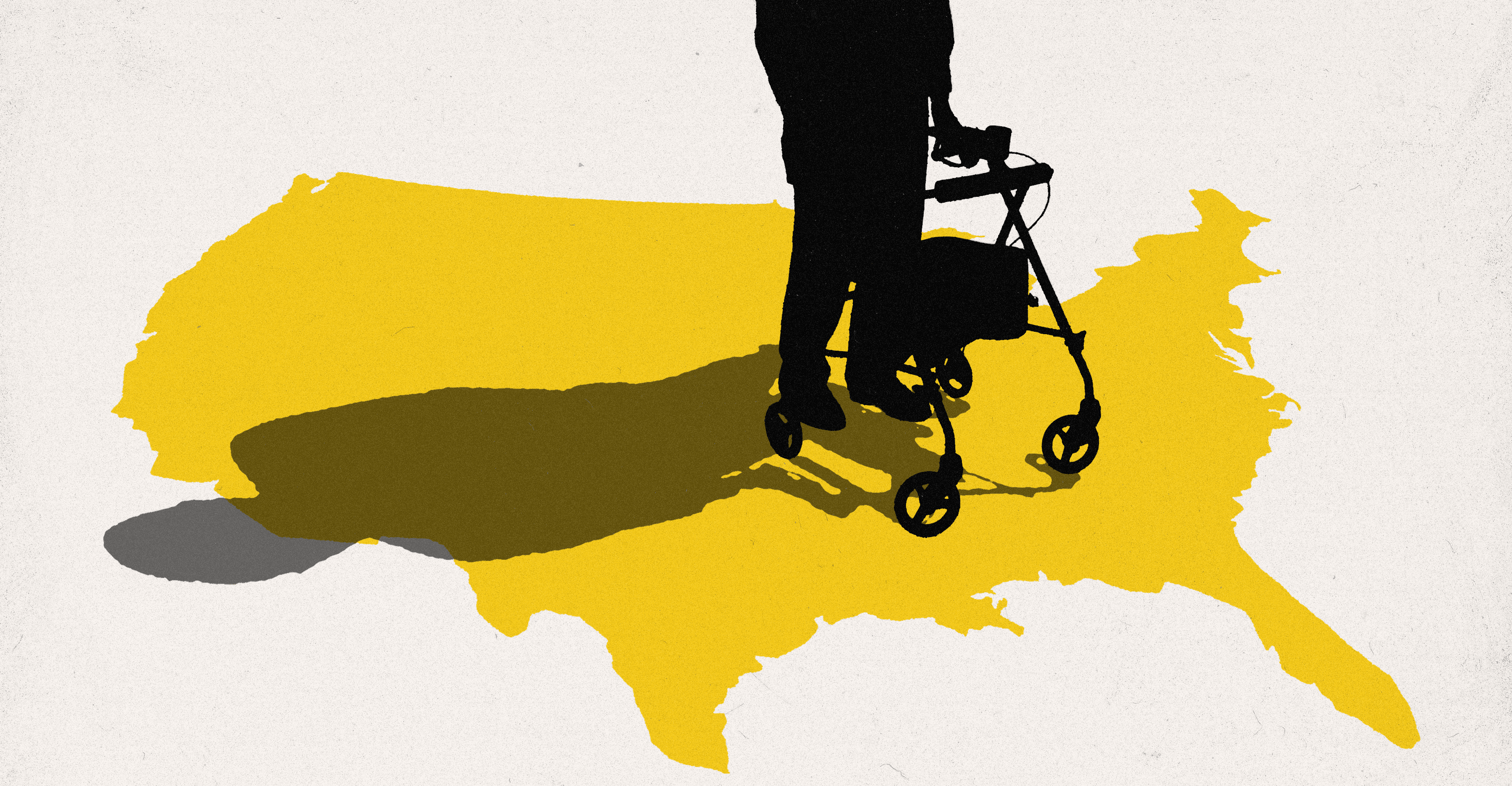The top officials of the Finance Ministry would seek the global lender's nod on the tariff rationalization plan, prepared by the Power Division.


Islamabad: The Power Division has planned to reduce the subsidy by 25% being stretched to domestic consumers.
According to the details, the Special Investment Facilitation Council (SIFC) has personalized the new design to stimulate economic activities led by export-oriented industrial growth for the International Monetary Fund (IMF) concurrence.
The top officials of the Finance Ministry would seek the global lender's nod on the tariff rationalization plan, prepared by the Power Division.
Under the new tariff structure, the subsidy would be reduced for the domestic sector using less than 400 units by Rs161 billion to Rs431 billion from the current Rs592 billion.
Under the new power tariff design, the cross-subsidy of Rs222 billion being given to lifeline, protected and to some extent of power consumers, who use electricity units below 400 units will be withdrawn.
The government would impose fixed charges of Rs50 per month to Rs450 on those who fall in lifeline and protected consumers using the electricity up to 200 units a month.
The government has decided to increase the fixed charges of unprotected consumers using electricity of more than 100 units and reduce their variable tariff ensuring that their net monthly bill increase is less than Rs1,000 units a month.
The exemption would be the high-income consumers whose bills will be impacted by less than 10%. The higher fixed charge of Rs3,000 per month will be imposed on single-phase consumers, using more than 700 units per month, to force them to shift to categories using time of use (ToU) meters or three-phase meters.
However, the government will lower the tariff of three-phased consumers having a load of 5kW and above to reduce the cross-subsidy burden on them and attract single-phase consumers having consumption of more than 700 units per month to switch to three-phase connections.
On the one hand, the government has decided to end Rs222 billion cross-subsidy being given by the industrial sector to the domestic sector, and on the other hand, the government will also increase fixed charges for industrial consumers from Rs500 per kW to Rs1500 per kW.
Therefore, its variable tariff will be reduced. In the wake of the said initiatives, the industrial tariff will be reduced in the range of 8.5 cents per unit to 11.75 cents per unit, which will enable the country’s industry to compete with the regional economy.
Commercial consumers are also extending cross-subsidy of Rs64 billion to other consumers. No change is proposed in their cross-subsidy; however, the tariff design is proposed to be changed in line with the domestic and industrial consumers.
The fixed charges on commercial consumers will be increased from Rs500 to Rs1000 per kW with a corresponding reduction in their variable tariff. This will have no net impact on their monthly bills.
Single-point consumers are subsiding other consumers by Rs44 billion. They will continue to be subsidized. However, their fixed charges will be increased from Rs800 to Rs1000 per KW and their variable tariff will be reduced resulting in no net impact on their monthly bills.

Trump’s war crimes scandal, briefly explained
- a day ago
Trump says to make phone call to stop Thai-Cambodia fighting
- 2 days ago

Want a new job? Be (sort of) annoying.
- 5 hours ago

Older voters are gaining power. Young people are paying the price.
- a day ago

Antigravity’s 360-degree drone is here to help you forget DJI
- a day ago

We don't strike our enemy from hiding, we confront and vanquish them openly: Asim Munir
- 2 days ago

The “Trump Gold Card,” briefly explained
- 5 hours ago
Chris DeMarco excited to take over Liberty when Warriors duties end
- 6 hours ago

Sony’s new PS5 DualSense controller might have way more battery life
- a day ago

There is a real chance of a US-Venezuela war — so why does it feel fake?
- a day ago
QB Philip Rivers, 44, unretiring to sign with COLTS...
- a day ago
Pakistan to launch satellite internet soon: IT Minister
- 2 days ago












